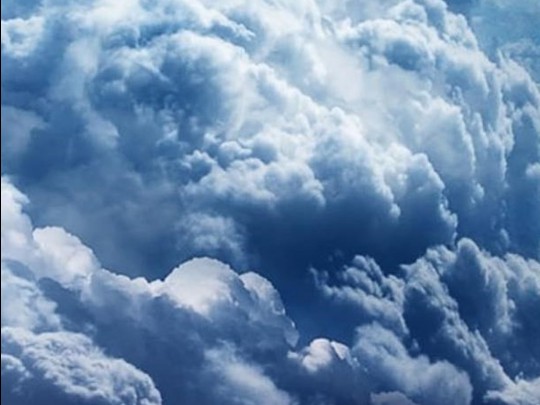Decoding the Skies: A Beginner's Guide to Understanding Clouds

Ever paused to truly appreciate the ever-changing spectacle above? The sky isn't just a backdrop – it's a dynamic canvas painted with clouds, each formation telling a story about the weather and the fascinating science of our atmosphere. This guide explores the different types of clouds, from delicate wisps to towering giants, and unlocks the secrets hidden within their shapes.
The Language of Clouds: More Than Just Fluffy Shapes
Forget simply admiring their beauty; learning to identify clouds is like learning a new language. Each type – cirrus, cumulus, stratus, and alto-cumulus – offers clues about what the weather might bring. Cirrus clouds, those high, feathery streaks, often signal an approaching weather system. The cheerful, puffy cumulus clouds we associate with sunny days can, under the right conditions, transform into mighty cumulonimbus clouds, heralding thunderstorms.
Then there's the stratus – a flat, grey sheet that blankets the sky, often bringing drizzle or light rain. Alto-cumulus clouds, appearing as patchy sheets or layers, can indicate a change in the weather is on its way. Understanding these distinctions allows you to become a more astute observer of the natural world.
The Science Behind the Show: How Clouds Form
But how do these magnificent formations actually appear? The process is a beautiful interplay of physics and atmospheric conditions. Warm, moist air rises into the atmosphere. As it ascends, it cools. This cooling causes the water vapor within the air to condense – that is, change from a gas to a liquid or solid. This condensation happens around tiny particles in the air, like dust or pollen, forming minuscule water droplets or ice crystals.
These droplets and crystals then collide and combine, growing larger and heavier until they become visible as clouds. The type of cloud that forms depends on the temperature and altitude at which the condensation occurs. Higher altitudes generally lead to colder temperatures and ice crystal clouds, while lower altitudes produce water droplet clouds.
Sunsets and Skies: The Role of Clouds in Colourful Displays
Beyond their role in predicting the weather, clouds also contribute to the breathtaking beauty of sunrises and sunsets. As sunlight passes through the atmosphere, it interacts with air molecules and cloud particles. Shorter wavelengths of light (like blue and violet) are scattered away, while longer wavelengths (like red and orange) are able to reach our eyes, creating those stunning displays of colour. The more cloud cover, the more opportunities there are for this scattering and refraction, resulting in even more vibrant sunsets.
Look Up and Learn!
So, next time you find yourself gazing at the sky, take a moment to observe the clouds. Try to identify their types and consider what they might tell you about the weather. It's a simple yet rewarding way to connect with nature and appreciate the incredible forces at play above us. Become a cloud detective – the sky is your laboratory!




